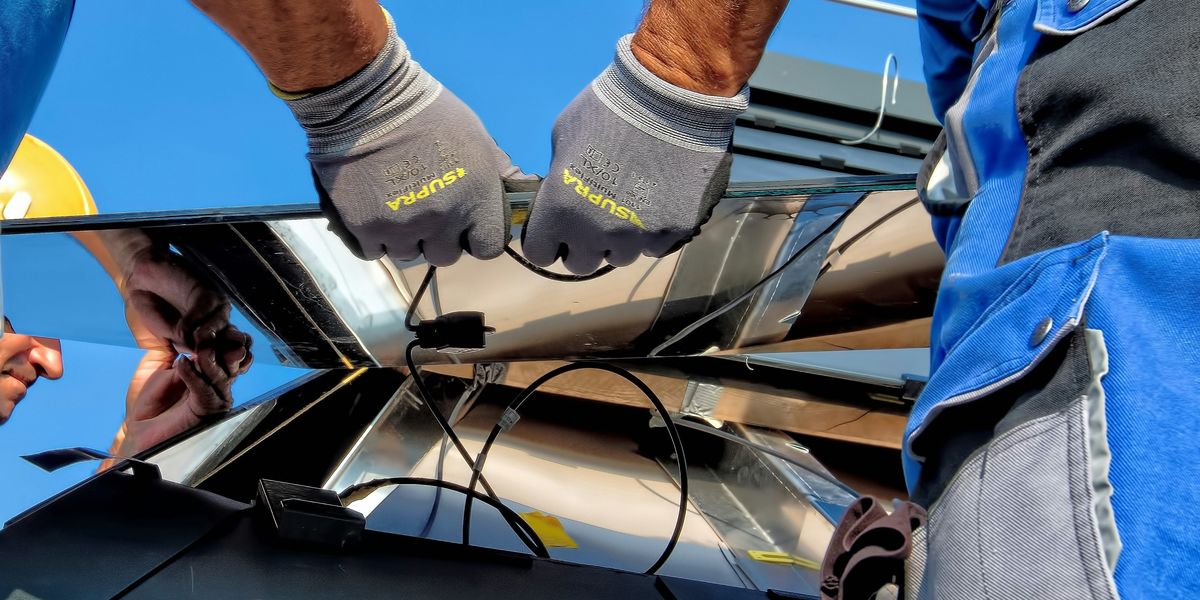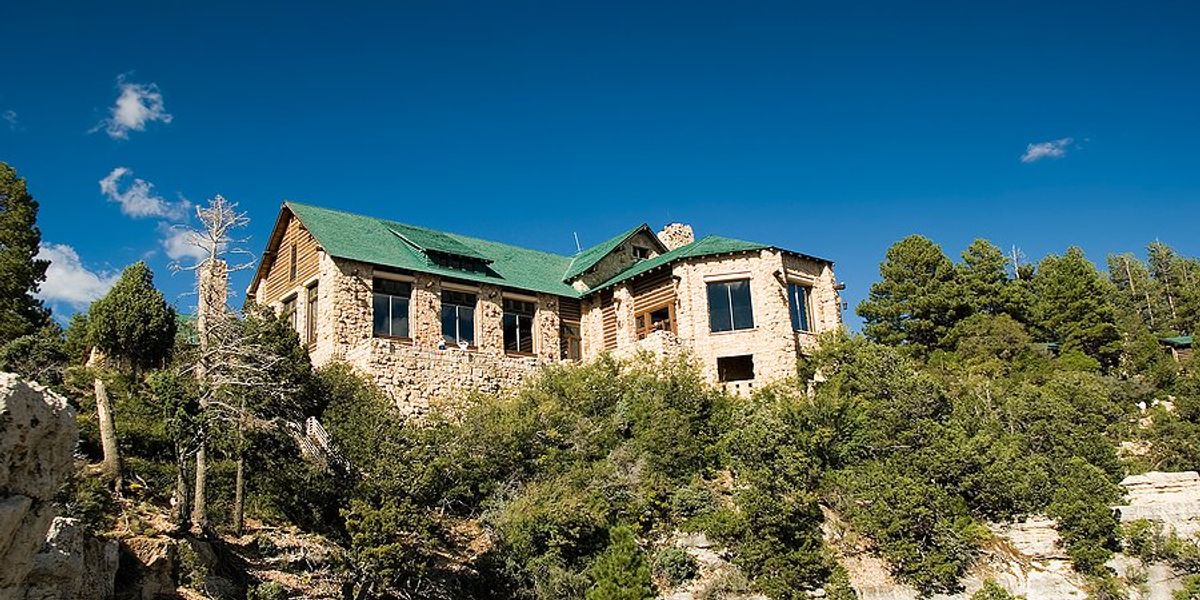planting
Urgent tree planting needed in underprivileged urban areas
A new initiative aims to improve air quality and reduce heat in urban communities of color by increasing tree canopy coverage.
In short:
- A volunteer group regularly plants trees in NYC's Soundview Park, benefiting local wildlife and the community.
- Research indicates tree planting in areas like NYC's Hunts Point could significantly reduce heat-related deaths and illnesses.
- Minority neighborhoods in the U.S. have significantly less greenery, contributing to higher temperatures and health risks.
Key quote:
"It'll be significantly hotter in one place than the other because of the investment [in green spaces] that one has gotten and the other has not."
— Victoria Sanders, climate and health programs manager at the NYC Environmental Justice Alliance
Why this matters:
Increasing tree cover in cities is especially important because of the "urban heat island" effect, where buildings, roads and other infrastructure absorb and re-emit the sun’s heat more than natural landscapes such as forests and fields. By increasing shade and lowering surface and air temperatures, trees can help mitigate this effect.
Learn more: Tucson's ambitious tree planting goal aims to improve the health of residents, wildlife, and the watershed.
Alana Friend Lettner: Don't thank me for being a tree planter
I wonder if this generalized support for silviculture that I have personally encountered so often since becoming a tree planter is partly enabling the industry to remain as it is, without significant reforms.
Planting trees as carbon offsets is trickier than it seems
A planted tree will suck up carbon regardless of species or its planters’ motivation. But it’s difficult to make blanket statements about the efficacy of carbon capture forestry.
Planting trees as carbon offsets is trickier than it seems
A planted tree will suck up carbon regardless of species or its planters’ motivation. But it’s difficult to make blanket statements about the efficacy of carbon capture forestry.
Tree-planting schemes threaten tropical biodiversity, say ecologists
Monoculture tree-planting schemes are threatening tropical biodiversity while only offering modest climate benefit, ecologists have said, warning that ecosystems like the Amazon and Congo basin are being reduced to their carbon value.
New Orleans tree survey shows ongoing effects of Hurricane Katrina
Climate change is shifting when it's best to plant in Columbus, Ohio
It's the start of the spring planting season. But what we plant in Ohio — and when — could look different in the coming decades due to climate change.


















